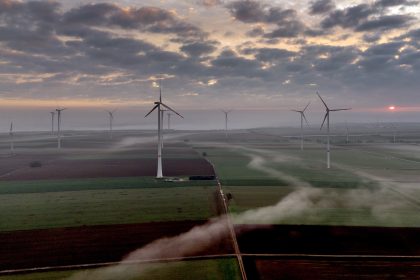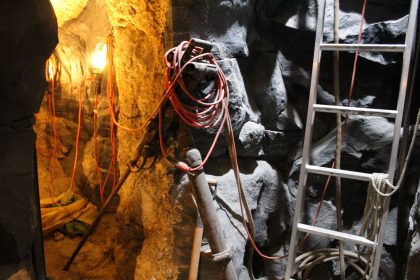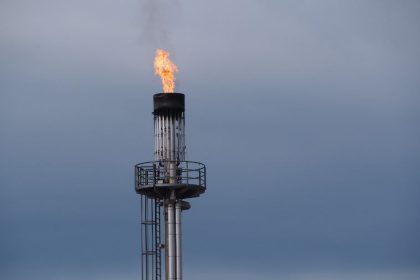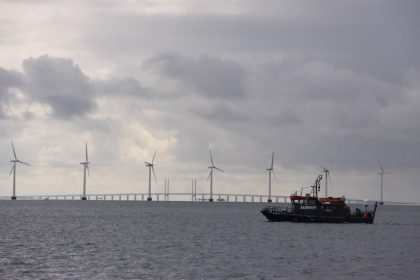DOE Seeking to Fund Clean Hydrogen and Grid Resilience Projects
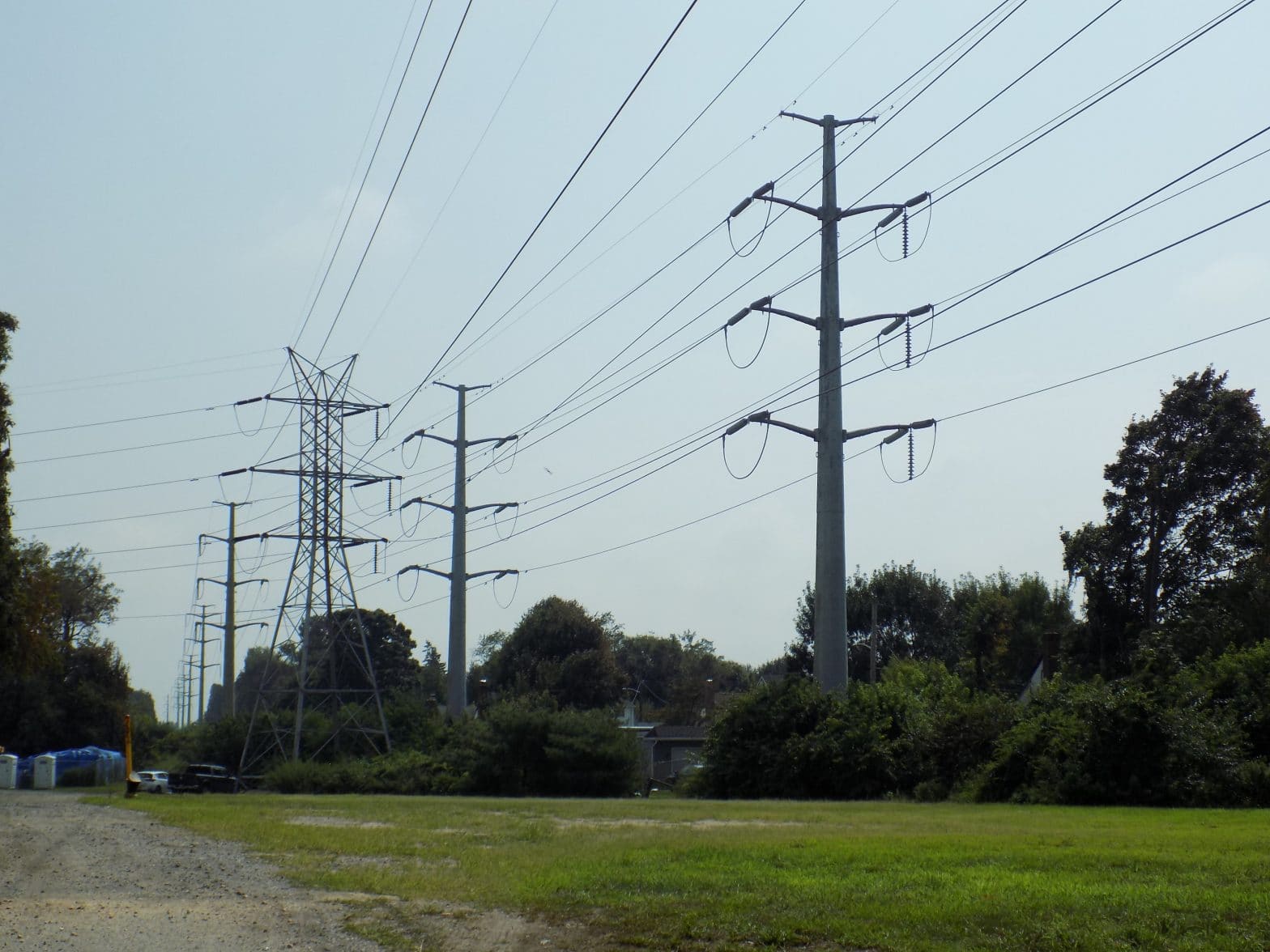
WASHINGTON — So-called “clean hydrogen” technologies and grid resilience were the subject of a notice of intent for potential funding filed by the U.S. Department of Energy last week.
Kelly Speakes-Backman, principal deputy assistant secretary for Energy Efficiency and Renewable Energy at the Department of Energy, described the notice of intent as “an important milestone” in advancing critical technologies.
“These efforts will help lower the costs of clean hydrogen, increase grid resilience, catalyze industry investment for market uplift, and result in a cleaner environment for all Americans, especially historically disadvantaged communities,” Speakes-Backman said.
This potential funding will advance the Hydrogen Shot goal of reducing the cost of clean hydrogen to $1 per 1 kilogram in 1 decade — “1 1 1” — while supporting DOE’s H2@Scale® initiative to develop clean and affordable hydrogen across multiple sectors in the economy and improve energy resilience.
These goals will be advanced through R&D efforts in several areas, including advanced pathways for solar-based hydrogen fuel production; technologies for high-resolution hydrogen sensing; demonstrations of materials-based hydrogen storage and transport systems; and development of high-performance, durable, low-cost fuel cell components for medium- and heavy-duty vehicles, the department said in a press release.
The potential funding will also seek to establish a grid resilience university consortium with agreements between universities in the United States, Canada and Mexico to foster information sharing on best practices and cross-border dependencies.
This consortium will work collaboratively with tribes, states, regions, industry, utilities and other stakeholders to support grid resilience planning and pilot projects that can serve as a model for others, the department said.
Energy Department officials envision awarding multiple financial assistance awards in the form of cooperative agreements, with the period of performance being approximately two to four years.
They encourage the formation of applicant teams that include stakeholders within academia, industry and national laboratories across multiple technical disciplines.
Teams are also encouraged to include representation from diverse entities such as minority-serving institutions or through linkages with Opportunity Zones. Learn more about the notice of intent here.
Dan can be reached at [email protected] and @DanMcCue




















